Berlin is greener than you might think. This is due to the countless parks and green spaces that can be found throughout the city. We took a closer look at the Volkspark Rehberge in Wedding.
About Volkspark Rehberge
The Volkspark Rehberge is located in a former partly wooded dune landscape in Berlin’s glacial valley. For a long time, the sand lying here was brought to Berlin’s city centre by cart and sold there as “Wittensand” for cleaning the floors.
At the beginning of the 20th century, the zoo director Hagenbeck from Hamburg is said to have planned an exhibition park on the grounds. In addition to animals, he also wanted to put people from German colonies on display. The beginning of the First World War in 1914 prevented the realisation.

During the war, the Berliners needed firewood and so they cut down the trees in the Rehberge. The lack of vegetation led to increased soil erosion. Dunes piled up and drifting sand affected the lives of the population. Finally, the authorities intervened and had the Reichswehr protect the remaining trees.
In 1922, the magistrate decided to establish a people’s park in the Rehberge. This was to be planned along the lines of a landscape park, take into account the existing landscape forms and be usable for the people. It was planned to build playgrounds and sports facilities and to create a park for the working classes.
The work began in 1926 and lasted a little over 2 years. Some small hills were removed to create flat areas for sports facilities. The park was designed by about 1200 unemployed people as part of a large-scale job creation project.
At the same time as the park, the first permanent allotment garden in Berlin was created – and it still exists today!

In June 1929, the park officially opened with a folk festival, dance and sporting events.
When the National Socialists came to power, the Volkspark also changed. A speaker’s stage was built on the Great Training Meadow, monuments disappeared and were replaced by others, and an open-air stage, which still exists today, was built.
The Volkspark Rehberge survived the Second World War relatively unscathed, apart from logging for firewood. Afterwards, the sports facilities were expanded and modernised.
Volkspark Rehberge today
One thing is immediately noticeable when walking in the Volkspark: it is really hilly by Berlin standards. The existing dunes are connected to form a uniform range of hills and can be walked on an “elevated hiking trail”. There is a total of 24 kilometres of developed path in the park, so it is ideal for the numerous joggers and cyclists we saw during our walk.

The main access to a large meadow, located in the centre of the park, passes under a footbridge past two former changing houses from 1929. At the edge of the meadow is a wrestling statue. The meadow owes its colloquial name “Catcherwiese” to this statue. It is actually called Große Übungswiese or Große Spielwiese. There is always something going on on this meadow and Berliners like to use it.

Adjacent to the meadow are also sports facilities in the Volkspark Rehberge. In addition to a few tennis courts, the Rehberge stadium, which is home to a Berlin football club, is also located here.

At the highest point of the park is the Rathenau Monument. We walked there along a beautiful avenue. A staircase with panels with profiles of Emil and Walter Rathenau leads to a square with the monument. The Rathenau Fountain was originally erected here in 1930. It was popularly known as the Tax Screw, in reference to the rising taxes. After four years, the bronze fountain was dismantled and the two bronze plates of the Rathenaus removed. Later, the bronze was melted down and used to repair a damaged Schiller monument. Thanks to the efforts of a few people, the monument was finally recast and returned to its original place.

Today it is covered in graffiti in the park. I have never seen water flowing there and it is not really beautiful.
A toboggan run goes down the mountain from the monument. We walked down the 20-metre difference in altitude of the toboggan run, which is about 300 metres long. I can imagine that the kids definitely have a lot of fun here in winter.
From the end of the toboggan run, the path led us on to the three lakes in the Volkspark Rehberge. The Möwensee, Sperlingssee and Entenpfuhl are in the north-east of the park. They are quite overgrown between the trees and are not suitable for swimming. The lakes look very muddy and did not carry much water. They are actually a paradise for water birds and frogs. There are fish only in the Möwensee. In summer, fish may die due to lack of oxygen in the lake.


When we accidentally turned in the “wrong” direction at a crossroads, we discovered the remains of the dance ring. The ring was built in 1929 and was originally intended for the practice of “gymnastic exercises and folk dances”. It is somewhat recessed and had a grandstand. This was rebuilt after the war in 1951 with 410 seats. Unfortunately, nothing can be seen of it today. But the square seems to be a little secret in the park. It was empty and quiet here. There were shady seats on the lawn – the ideal place to relax.

The path led us further to the open-air stage in the Rehberge. Directly opposite, in a dressing room built in 1936/37, there is now a restaurant. After the Second World War, the open-air theatre was used for plays and operettas. Then it stood unused in the forest for a long time and was only bought by a private operator in 2008. After the renovation work was completed, visitors could enjoy performances. We were here once for an open-air cinema performance of the “Rocky Horror Picture Show”. The experience was simply unique. The atmosphere was excellent and I still found leftover rice and flour in my handbag weeks later.

Our stay in the Volkspark ended with a visit to the game enclosures. A wild boar, mouflon, pheasant and a fallow deer once lived here. After the boar died, they wanted to renaturalise the enclosures. Fortunately, they decided against it and so today you can observe animals in the enclosures.
For me, the Volkspark Rehberge is a green oasis, a place of rest and relaxation in the middle of Berlin.

Address:
Windhuker Str. 52A
13351 Berlin








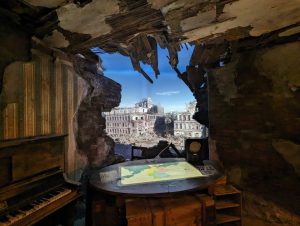






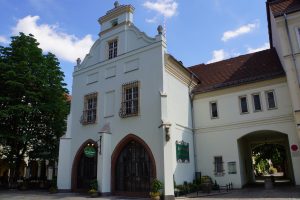

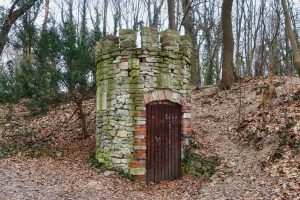
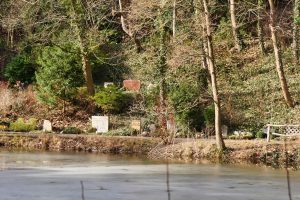
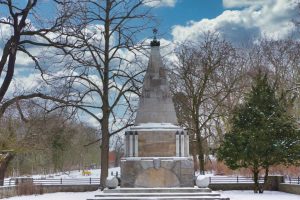





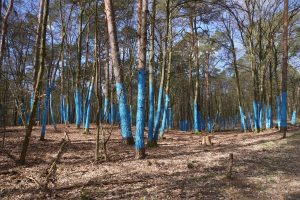




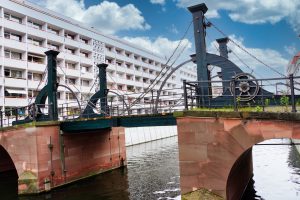
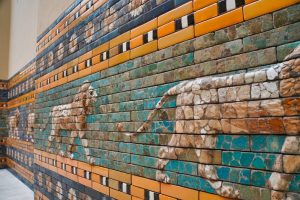



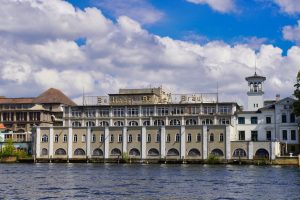









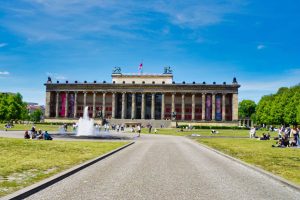





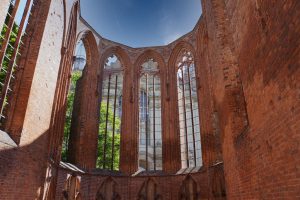



















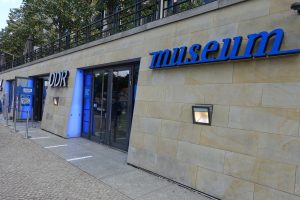





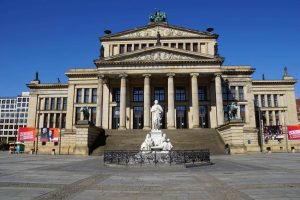






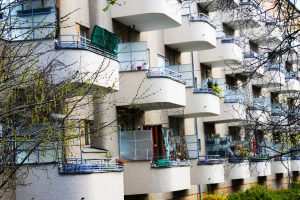










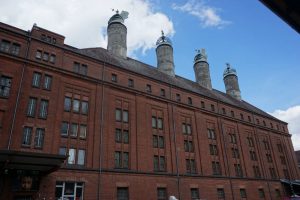





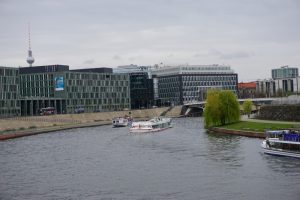
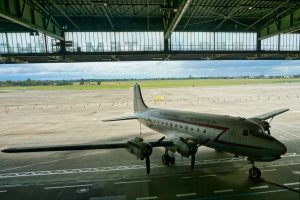








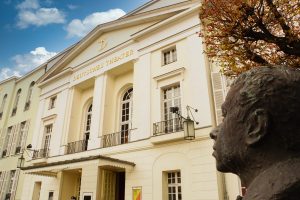


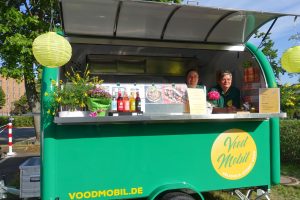















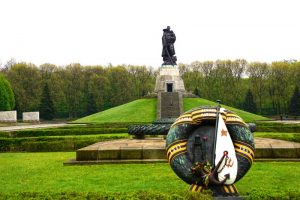














Leave a Reply